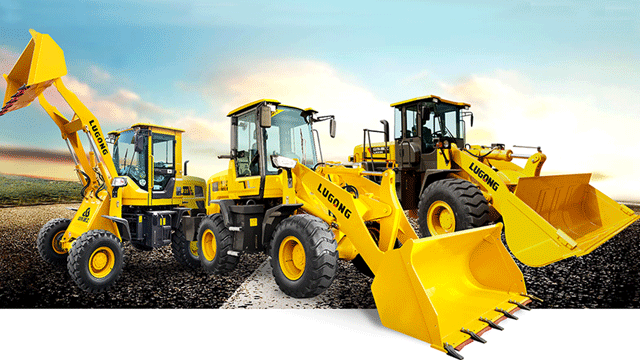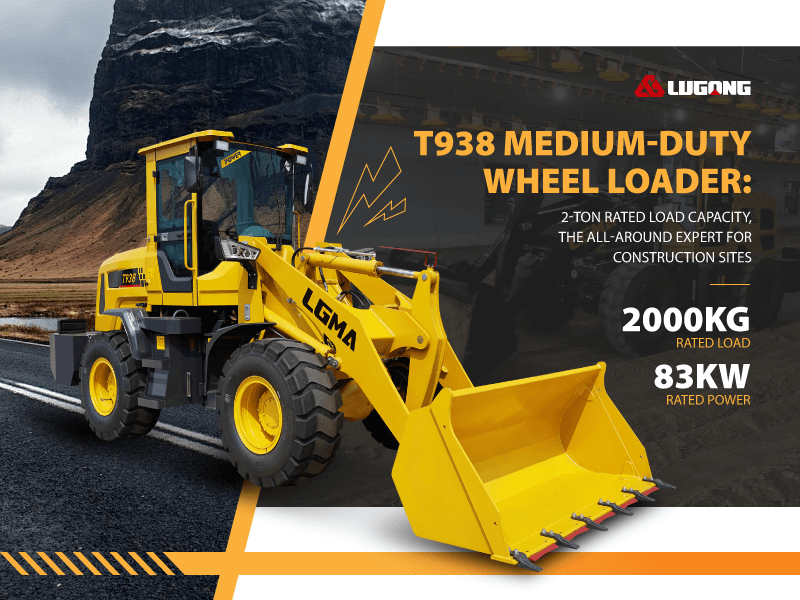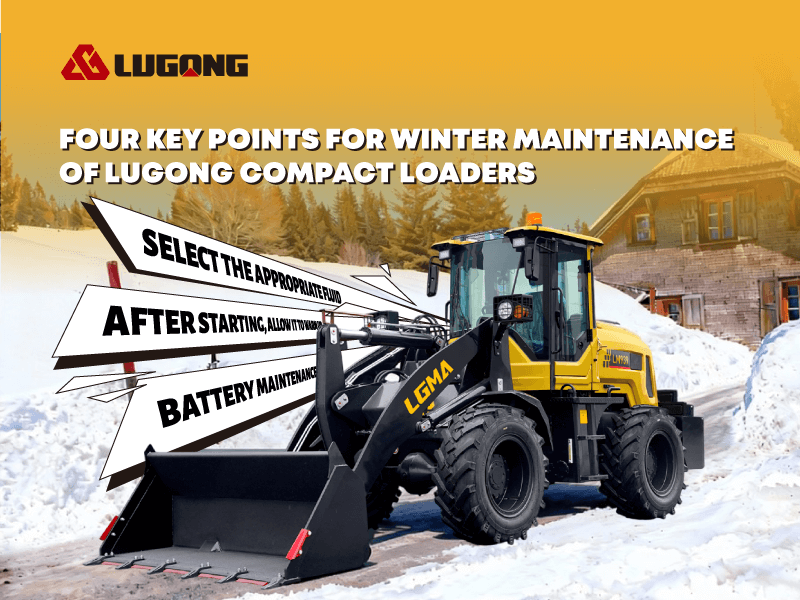How are Wheel Loaders Classified?
Wheel Loaders Classified Introduction:
Wheel loaders are heavy construction equipment that are widely used in various industries for tasks such as loading, hauling, and transporting materials. These versatile machines come in different sizes and types, each designed for specific applications. In this article, we will explore the classification of wheel loaders based on their features and capabilities.

1. Size Matters: Small, Medium, and Large Wheel Loaders
– Small Wheel Loaders: These compact machines are typically used in urban construction sites or confined spaces. They have a lower operating weight, making them agile and maneuverable for tasks such as material handling and light excavation.
– Medium Wheel Loaders: These loaders strike a balance between size and power. They are commonly used in road construction, mining, and quarrying operations. Medium-sized wheel loaders offer higher lifting capacities and are capable of handling heavy materials efficiently.
– Large Wheel Loaders: Designed for heavy-duty applications, large wheel loaders are commonly found in mining, quarrying, and large-scale construction projects. These machines have the highest operating weight, enabling them to handle substantial loads and work in challenging terrains.
2. Articulated vs. Non-Articulated Wheel Loaders
– Articulated Wheel Loaders: These loaders have a unique design with a joint between the front and rear sections. This joint allows the machine to articulate or bend in the middle, enhancing maneuverability. Articulated wheel loaders are ideal for tight spaces or uneven terrains, as they can navigate obstacles with ease.
– Non-Articulated Wheel Loaders: Also known as rigid frame loaders, these machines have a fixed frame and are more stable for heavy lifting operations. Non-articulated wheel loaders are commonly used in applications where stability and lifting capacity are essential, such as in mining or handling large volumes of materials.
3. Specialized Wheel Loaders
– High-Lift Wheel Loaders: These loaders are equipped with extended booms and arms, allowing them to reach higher dumping heights. They are commonly used in applications where materials need to be loaded onto elevated surfaces, such as trucks or hoppers.
– Waste Handling Wheel Loaders: Designed specifically for waste management operations, these loaders are equipped with additional features to handle bulky and heavy waste materials efficiently. They often have reinforced structures, specialized buckets, and enhanced cooling systems to withstand the harsh environment of waste handling facilities.
– Underground Wheel Loaders: These loaders are specially designed for underground mining operations. They are compact, have enhanced visibility, and are equipped with safety features to operate in confined spaces with limited ventilation.
Wheel Loaders Classified Conclusion:
Wheel loaders are classified based on various factors, including size, articulation, and specialized features. Choosing the right wheel loader for a specific application is crucial to ensure optimal performance and productivity. By understanding the classifications of wheel loaders, industries can make informed decisions and select the most suitable machine for their needs.

